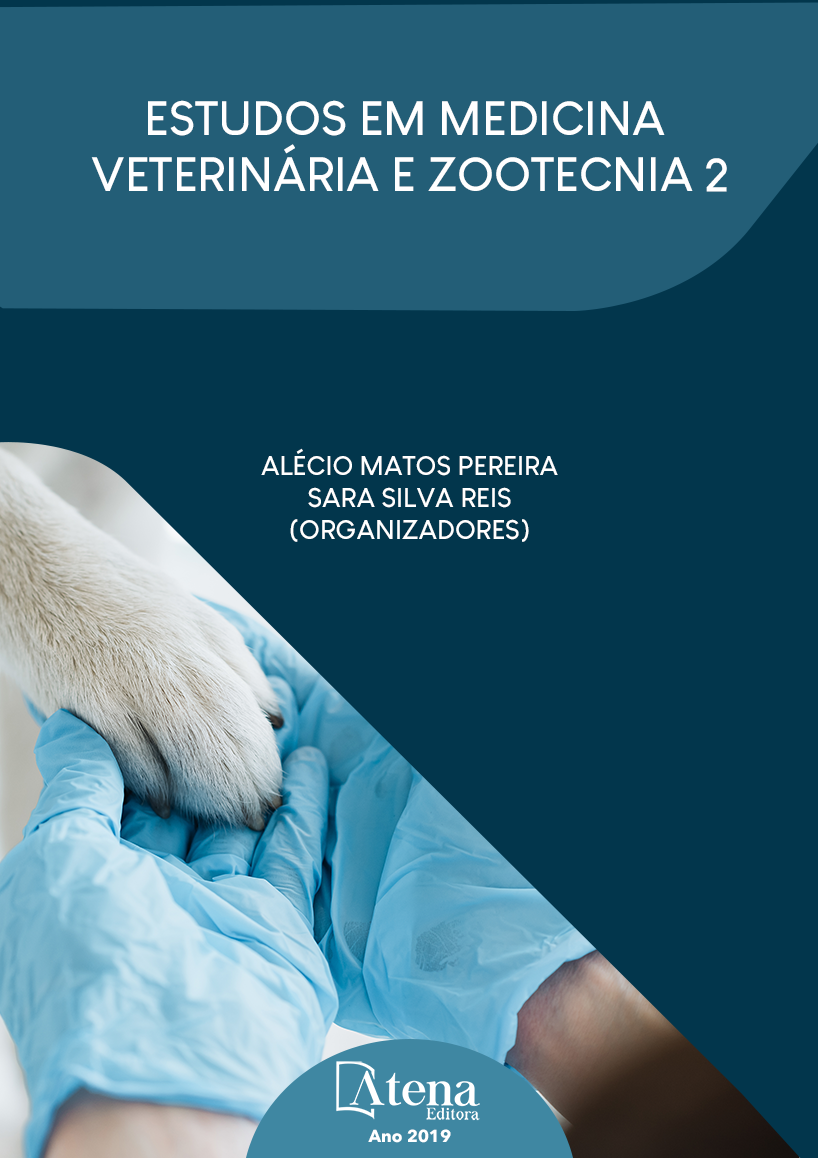
RETALHO AXIAL EPIGÁSTRICO SUPERFICIAL CAUDAL PARA TRATAMENTO DE FERIDA CUTÂNEA – RELATO DE CASO
As cirurgias reconstrutivas contemplam diversas técnicas afim de reparar defeitos teciduais nos quais não foram possíveis com fechamento primário ou por segunda intenção. Os retalhos em padrão axial são irrigados por artéria e veia cutânea diretas de sua base, então possui um bom suprimento sanguíneo. Deve-se ter um bom planejamento cirúrgico para evitar complicações, como deiscência da sutura, seroma e hematomas. O flap axial epigástrico superficial caudal envolve a artéria e veia epigástrica superficial caudal, no qual permite-se reconstruir defeitos no membro pélvico e região inguinal. O retalho compreende as três ou quatro glândulas caudais e pode ser rotacionado em até 180º. O relato de caso trata-se de cão que possuía uma ferida na coxa direita e não obteve-se sucesso na cicatrização por segunda intenção. Logo, o mesmo foi submetido a intervenção cirúrgica para reparar o defeitos com a criação de um flap de padrão axial da região ventral do abdome. A cirurgia ocorreu bem e não apresentou complicações no pós-operatório.
RETALHO AXIAL EPIGÁSTRICO SUPERFICIAL CAUDAL PARA TRATAMENTO DE FERIDA CUTÂNEA – RELATO DE CASO
-
DOI: 10.22533/at.ed.6701923127
-
Palavras-chave: epigástrico caudal, ferida, retalho de padrão axial.
-
Keywords: caudal epigastric, wound, axial flap
-
Abstract:
Reconstructive surgeries include various techniques to repair tissue defects that were not possible with primary closure or by secondary intention. Axial flaps are irrigated by artery and cutaneous vein directly from its base, so it has a good blood supply. Good surgical planning should be done to avoid complications such as suture dehiscence, seroma and bruising. Caudal superficial epigastric axial flap involves the caudal superficial epigastric artery and vein, in which defects in the pelvic limb and inguinal region are reconstructed. The flap comprises the three or four caudal glands and can be rotated up to 180º. The case report is a dog that had a right thigh wound and was unsuccessful in healing by second intention. Therefore, the patient underwent surgical intervention to repair the defects by creating an axial pattern flap from the ventral region of the abdomen. The surgery went well and showed no postoperative complications.
-
Número de páginas: 4
- Leticia Matos de Rezende
- Filipe Curti


